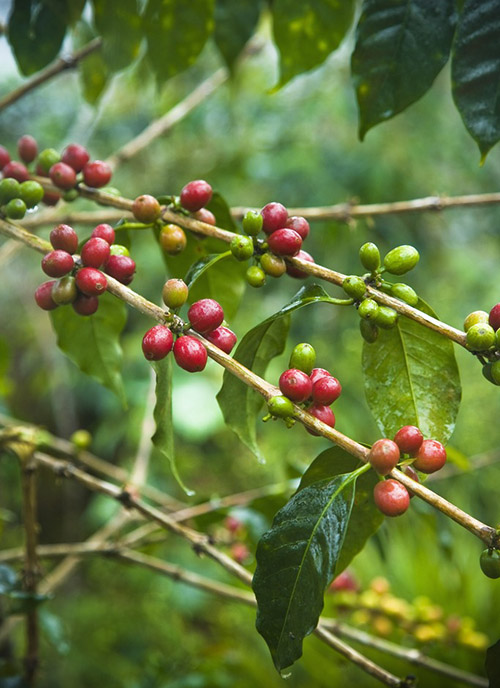90 + flavor spectrum "Level" Gesha variety Level 195 (19) was harvested in a single producing area.
In the flavor spectrum of 90 +, there is a "Level" logo. It is the number after the product name is marked "L". For example, L12-means Level 12. The Level is probably in proportion to the price. It represents the grading model of raw beans: according to quality, quantity, production cost, 90 + based on the original excellent raw beans, continue to grade as follows:
Level 7: harvested in a single production area. The rare varieties with meticulous taste and special flavor are selected by hand and then treated by NinetyPlus to reach the standard of more than 90 +.
Level 12: harvest in a single production area. Negative adjectives such as "must be recognized and indelible" are used on the website to indicate that this grade of beans must be a good taste that every coffee maker will never forget.
Level 21 (L21), Level 39 (L39), most of these are Gesha varieties planted in Panamanian manors. Ethiopian Nekisse Red processed by special Red also belongs to Level 39 (L39).
Level 95 (L95) and Level 195 (195) are beans in the advanced microenvironment of the Panamanian manor, which are processed by patented drying technology after a long screening process. Reach the top taste standard in the design. Most of them will be processed under the personal care of the sponsor Joseph. The annual output may only reach about ten to dozens of kilograms. It's a collection.

Important Notice :
前街咖啡 FrontStreet Coffee has moved to new addredd:
FrontStreet Coffee Address: 315,Donghua East Road,GuangZhou
Tel:020 38364473
- Prev

Ethiopian Sunshine Sidama Coffee Flavor and Taste introduction to Sidamo producing area
Gima, which accounts for about 50 per cent of Ethiopia's annual output, grows between 4400 and 6000 feet above sea level in the country's southwestern highlands (the border between Kaffa and Illubabor provinces) and is usually exported to G5/G4. However, in recent years, about 10% or 20% of Gima has been used to make up for the lack of taste of coffee, but its quality has gradually declined to its own level, but for the purchase of
- Next

Ninety + Joseph Brodsky, founder of CEO, gesha tree of the best coffee variety.
In 2007, the founder and current Chief Executive Officer-Joseph Brodsky personally went to Ethiopia, the native place of coffee, to look for wild varieties of coffee trees. After experimenting with different treatment methods, the coffee was finally made to speak in its own voice, which was heard by the whole world, full of fruit aroma and rich connotation. This is not enough, Joseph is also active in
Related
- Guji coffee producing area of Guji, Ethiopia: Humbela, Shakiso, Wulaga
- What is the most expensive variety of Qiloso in BOP multi-variety group?
- How to store the coffee beans bought home?
- Why are Yemeni coffee beans so rare now?
- Ethiopian Sidamo all Red Fruit Sun Sun Santa Vini Coffee beans
- SOE is mostly sour? What does it mean? Is it a single bean? what's the difference between it and Italian blending?
- Is Italian coffee beans suitable for making hand-brewed coffee?
- How to choose coffee beans when making cold coffee? What kind of coffee beans are suitable for making cold coffee?
- Just entered the pit to make coffee, what kind of coffee beans should be chosen?
- Can only Japan buy real Blue Mountain Coffee? What are authentic Jamaican Blue Mountain coffee beans?

